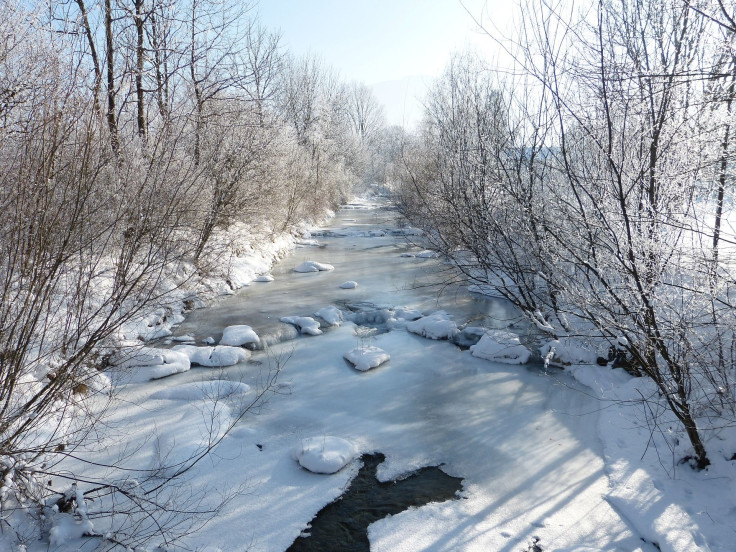Researchers Estimate River Ice Loss On A Global Scale

KEY POINTS
- Over half of the world's rivers freeze over every year
- Researchers of a new study used over 400,000 satellite images
- The results show a decline in river ice cover on a global scale
- Researchers estimate the decline in river ice cover to continue in the future
Over half of the Earth’s rivers freeze over each year. Although it seems like such a simple annual occurrence, these frozen rivers actually perform significant functions for the communities and industries at high latitudes. Further, frozen rivers also regulate the amount of greenhouse gasses that escape from the rivers and into the atmosphere.
Unfortunately, this all-important river ice cover has been observed to be declining because of the warming temperatures in many regions of the world, but previous studies have only used data from sparse locations to quantify the changes. Similarly, current projections of future river ice cover have yet to be quantified on a global scale.
To see river ice decline on a global extent, a team of researchers from the University of North Carolina at Chapel Hill (UNC-Chapel Hill) used over 400,000 satellite images that were taken in a span of 34 years.
Armed with this data for their new study now published in the journal Nature, they discovered widespread declines in river ice coverage worldwide.
Specifically, by comparing the river ice cover from 2008 to 2018 and 1984 to 1994, the team found a mean global decline that ranges from 0.3 to 4.3 points, the greatest declines being observed in the Tibetan Plateau, Alaska, and eastern Europe.
The researchers also estimated how the trend will continue in the future by comparing expected river ice cover from 2009 to 2029 and 2080 to 2100, and they projected that global river ice cover will decline by six days for every one degree Celsius increase in global temperature.
And with the predicted global warming, researchers estimate the monthly declines in Northern Hemisphere river ice cover to decline by up to 15 percent in the winter and from 12 to 68 percent during the spring and fall.
Simply put, the researchers found evidence of a global decline in river ice cover in the past decades, and they also projected that the decline will likely continue given the currently predicted global warming.
“We detected widespread declines in monthly river ice coverage. And the predicted trend of future ice loss is likely to lead to economic challenges for people and industries along these rivers, and shifting seasonal patterns in greenhouse gas emissions from the ice-affected rivers,” lead author Xiao Yang of UNC-Chapel Hill said.
The study is the first to predict future river ice cover on a global scale.
© Copyright IBTimes 2025. All rights reserved.






















